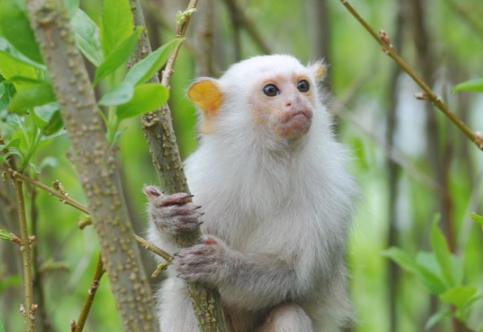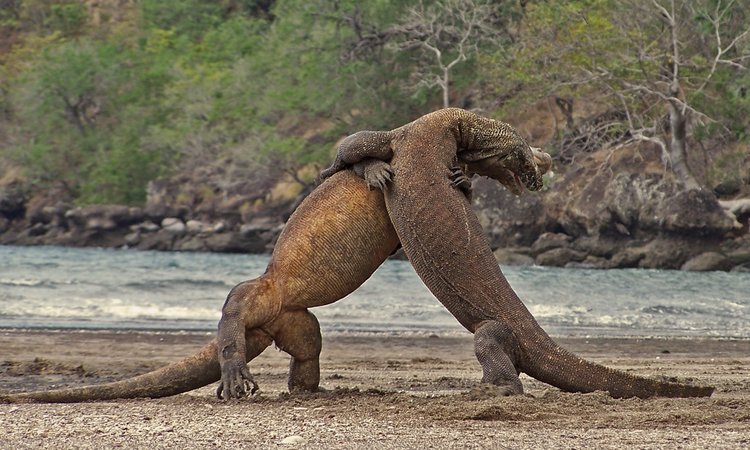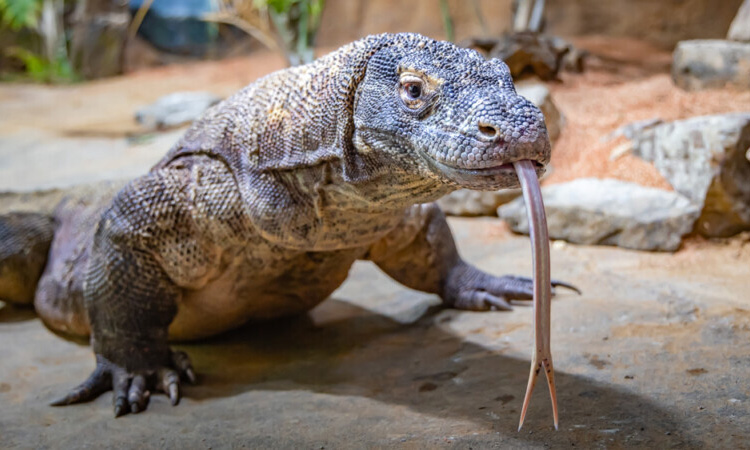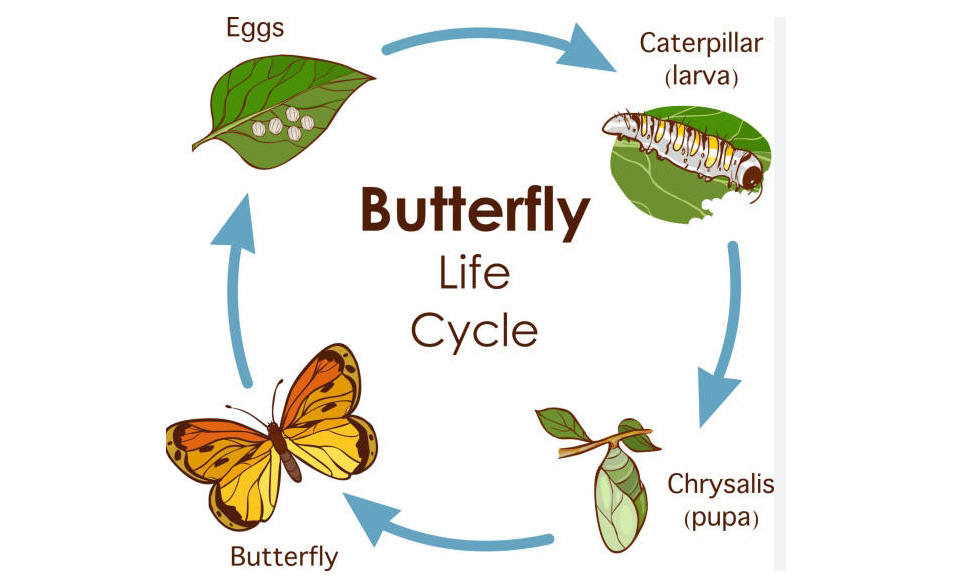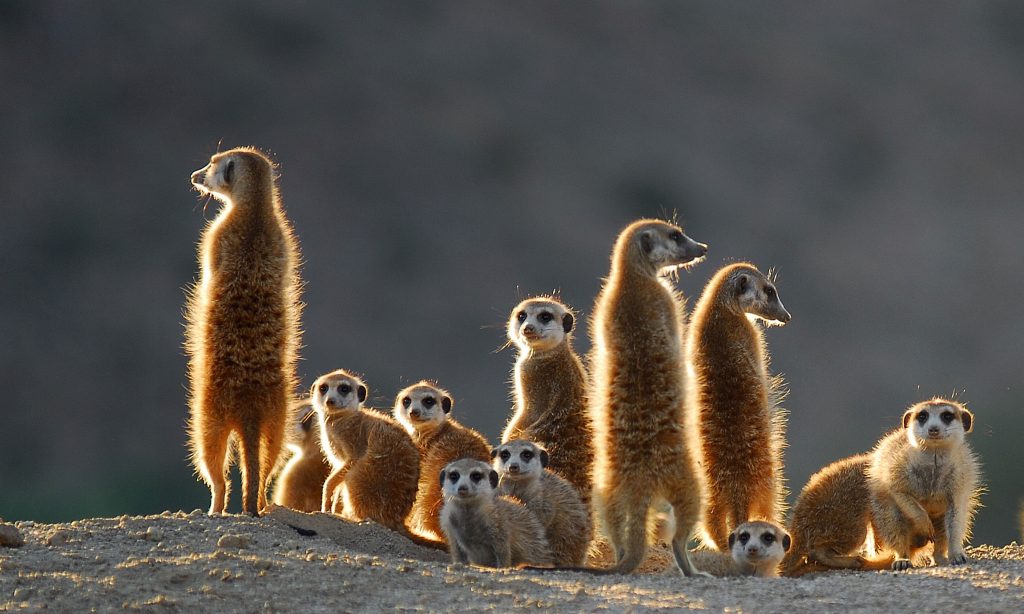The Silvery Marmoset: A Hidden Gem of the Rainforest
Nestled deep within the lush rainforests of South America lives a tiny primate with a striking appearance – the Silvery Marmoset. These small, arboreal creatures are known for their unique silver fur, expressive faces, and playful nature.
Unique Physical Features
The Silvery Marmoset is characterized by its silver-grey fur, which gives it a distinctive appearance. Its long tail helps it balance as it moves through the treetops, while its large, round eyes give it an endearing expression. These primates are also known for their tiny size, with adults typically weighing around 10 to 13 ounces.
Social Creatures
Silvery Marmosets are highly social animals that live in family groups. These groups are typically led by an alpha pair, who are responsible for protecting the territory and caring for the young. The rest of the group consists of offspring, who help care for the babies and defend against predators.
Playful Behavior
One of the most enchanting traits of the Silvery Marmoset is their playful nature. These primates are constantly on the move, jumping from branch to branch and engaging in games with their family members. They communicate through a series of calls and vocalizations, which help them stay connected in the dense rainforest canopy.
Conservation Concerns
Sadly, Silvery Marmosets are facing threats from habitat loss and poaching. Deforestation in the Amazon rainforest has fragmented their populations, making it harder for them to find food and mates. Conservation efforts are underway to protect these unique primates and ensure their survival in the wild.
Visiting Marmoset Habitat
If you’re eager to see the Silvery Marmoset in person, consider visiting a reputable wildlife sanctuary or ecotourism destination in South America. These organizations work to protect the rainforest and its inhabitants while offering visitors a chance to observe these beautiful creatures in their natural habitat.
In conclusion, the Silvery Marmoset is a stunning example of the beauty and diversity of the rainforest. By learning more about these unique primates and supporting conservation efforts, we can help ensure that they continue to thrive for generations to come.
